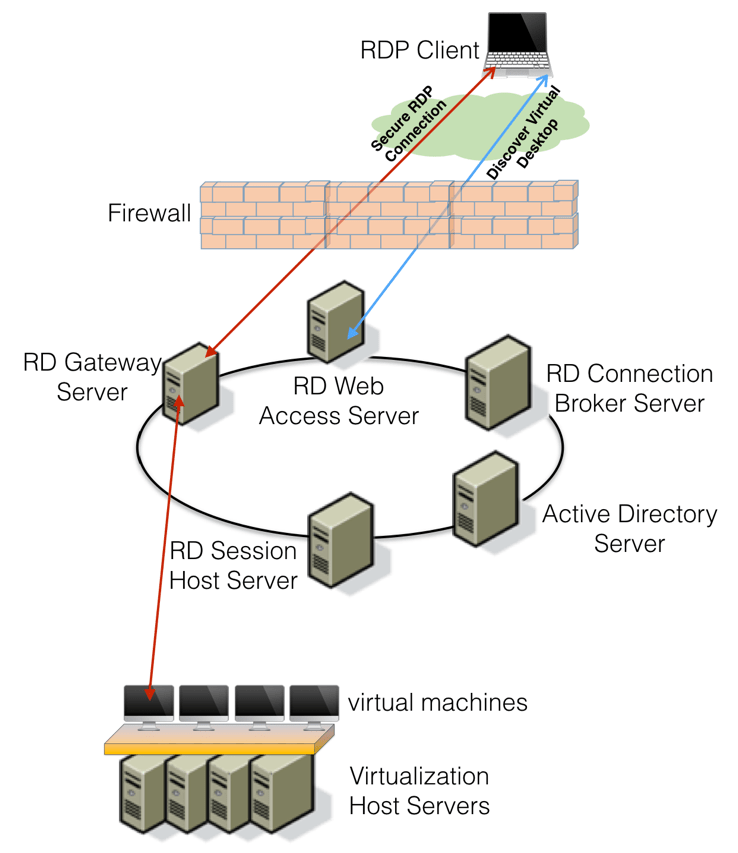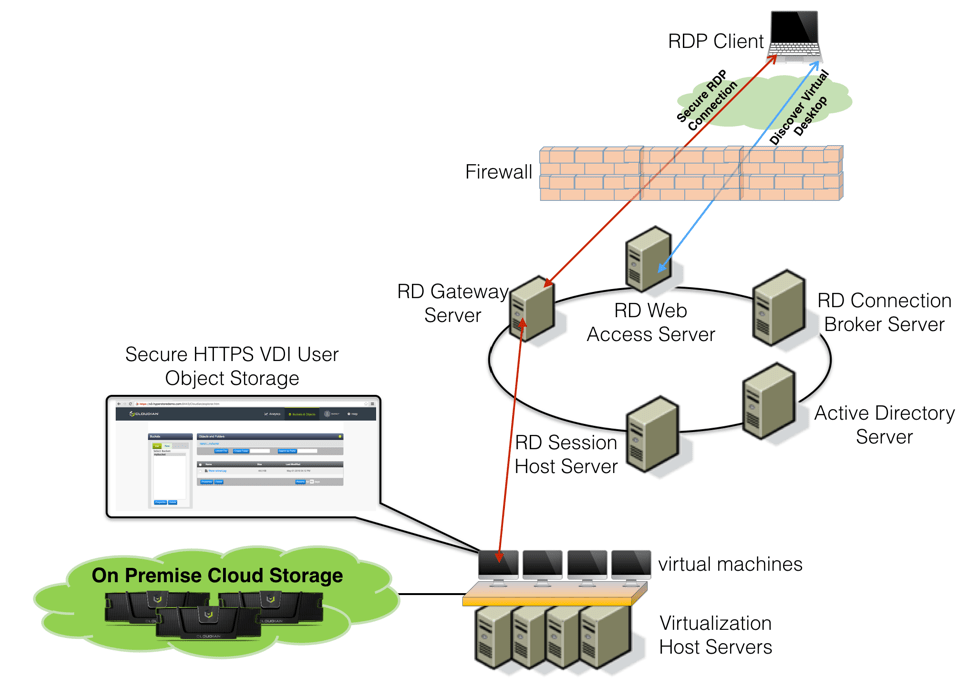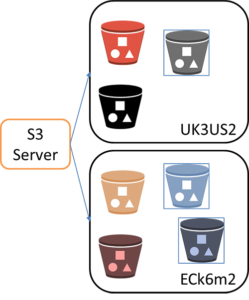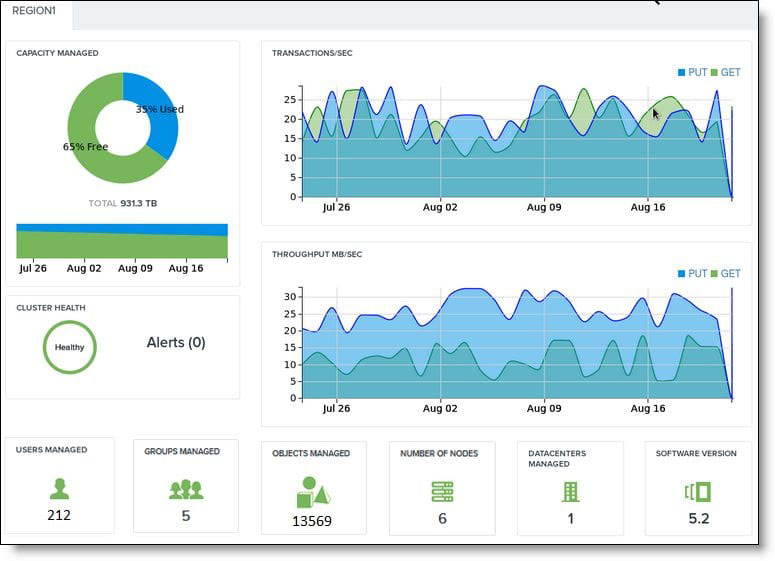At Cloudian, we are continuously enhancing and evolving our flagship product HyperStore, a fully S3-compatible object storage technology. But even with all our rich history of innovative releases, I’m most proud of the upcoming Cloudian HyperStore 6.0 – we have risen to a new challenge…@scale operations. How do we help IT administrators manage Petabytes of storage and still have time for a cup of tea?
Learn More About Cloudian HyperStore– Download White Paper
The Growing Challenge of Data Management
As data volumes start to outpace operating budgets and the headcount needed to manage them, today’s enterprises are turning to full-featured, low-cost software defined storage technologies with almost limitless scalability and accessibility. While the software can be deployed on low-cost commodity hardware, thereby reducing the total cost of ownership (TCO), the cost of managing storage infrastructures – managing operations, performance, protecting data and tuning workflows and processes – has remained fixed.
The TCO of Traditional Storage
A 2016 Gartner report found that the TCO for a terabyte of traditional on-premises storage was $2009 per terabyte, with 62 percent of the costs resulting from hardware and software acquisition ($1245). The operational costs associated with this terabyte of storage were 26 percent of the total, or $511, with “other” costs adding up to 12 percent ($253).
Lower Costs with Software-Defined Storage
With software-defined storage like Cloudian HyperStore, the TCO for a terabyte of storage now drops to $866 per year, and with costs as low as one cent per gigabyte per month, hardware and software acquisition are reduced to just 14 percent of the total costs, or $122.
Unfortunately, as reported by Gartner, the cost of operations for this model remains fixed at $511, which now represents 58 percent of total yearly storage costs, significantly outweighing hardware and software expense. It’s clear that to further drive costs from cloud storage, organizations will need to find ways to reduce management burden and operational costs.
Cloudian HyperStore 6.0
Cloudian HyperStore 6.0 is designed to help operate and manage at scale. The new release simplifies and automates the operational management of cloud storage by creating new system management features, which scale to meet the requirements of multi-petabyte, multi-region storage deployments. It lowers the management costs and reduces administrative burden. HyperStore 6.0 advances the vision Cloudian has shared for Smart Data Storage by delivering fully integrated smart data operations within the platform for seamless and extremely cost-efficient management.
The basis for many of 6.0’s key features came from our customers. They shared their “wish list” of management tools and functionality that could streamline or eliminate the manual tasks that normally weigh down the storage admin in 100+ node deployments.
Introducing Storage Operations and Management @Scale
Cloudian HyperStore 6.0 provides new tools, user interfaces and automated features to scale management and operational efficiency across complex cloud storage infrastructures, lowering storage management costs for enterprises and streamlining operational tasks for storage administrators. The new 6.0 release can reduce operations management as nodes are added, helping lower the overall operational costs to businesses as data volumes continue to grow. HyperStore 6.0 also provides greater data durability with more continuous automated failure resolution, and delivers robust system tuning tools for proactive and low-cost management of system health and operational efficiency for data storage at petabyte scale.
Operations @scale. In Cloudian HyperStore 6.0, an entirely new operations console provides an instant 360-degree view into storage system performance, with an enhanced GUI that greatly increases the visibility of key data. The new operations console enables storage admins to view and manage hundred of nodes across multiple data centers and cloud environments in a single screen, while automating such operations as adding and removing nodes with the simple configuration of an IP address. And the user interface isn’t just to look at: Users can click on the data representations to drill down and access detailed information and take action directly from the interface screen. 6.0 also automates non-disruptive, node-by-node rolling technical patches and upgrades that are delivered via touchless distribution and management systems, saving time and resources for storage admins.
 HyperStore’s newly renovated operations console provides a 360-degree, drillable view of the health of your system
HyperStore’s newly renovated operations console provides a 360-degree, drillable view of the health of your system
Durability @scale. HyperStore 6.0 also extends data durability with automated features that constantly evaluate data integrity – even data at rest – to ensure that storage within the system is always repaired and data is always verified. When the system identifies data failures, it proactively repairs and rebuilds them. The Cloudian HyperStore 6.0 system proactively monitors and scans workflows for I/O or disk failure, which Smart Redirect features can track and map to help trigger automatic repairs. The new release enables both local cache replication for data protection and Amazon S3 cross-region replication – one of Cloudian’s many rich S3 compatible features – for regulatory compliance and disaster recovery.
 The storage admin can view cluster rebalance and data rebuild information from HyperStore’s robust analytics capabilities
The storage admin can view cluster rebalance and data rebuild information from HyperStore’s robust analytics capabilities
Tuning @scale. Cloudian HyperStore 6.0 simplifies system tuning to optimize the infrastructure for the highest level of system health and data protection. Visual Storage Analytics automatically identifies “hot spots” and rebalances workflows for storage I/O protection. It also can locate object parts using new “Object GPS” functionality that track data distribution with high granularity across nodes, racks and data centers around the globe.
 The HyperStore 6.0 operations console allows the storage admin to view real-time capacity consumption and system performance
The HyperStore 6.0 operations console allows the storage admin to view real-time capacity consumption and system performance
As before, Cloudian continues to keep pace with incorporating changes to the AWS S3 API into HyperStore. Cloudian is the leading object storage vendor with 100 percent S3 compatibility, and the only vendor to offer an S3 guarantee.
To learn more about how Cloudian HyperStore 6.0 can help your company simplify and automate the operational management of your hybrid storage infrastructures, contact Cloudian at www.cloudian.com.
Also watch this blog over the next few weeks as we add more detailed posts about the features of 6.0.










